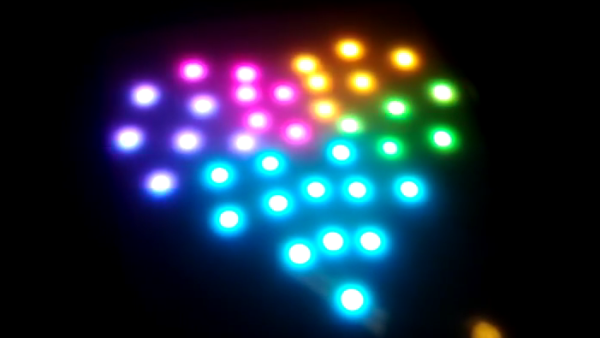Sometimes you come across a purported scientific paper that makes you do a triple-check, just to be sure that you didn’t overlook something, as maybe the claims do make sense after all. Such is the case with a recent publication in the Langmuir journal by [Budlayan] and colleagues titled Droplet-Scale Conversion of Aluminum into Transparent Aluminum Oxide by Low-Voltage Anodization in an Electrowetting System.
Breaking down the claims made and putting them alongside the PR piece on the [Ateneo De Manila] university site, we start off with a material called ‘transparent aluminium oxide’ (TAlOx), which only brings to mind aluminium oxynitride, a material which we have covered previously. Aluminium oxynitride is a ceramic consisting of aluminium, oxygen and nitrogen that’s created in a rather elaborate process with high pressures.
In the paper, however, we are talking about a localized conversion of regular aluminium metal into ‘transparent aluminium oxide’ under the influence of the anodization process. The electrowetting element simply means overcoming the surface tension of the liquid acid and does not otherwise matter. Effectively this process would create local spots of more aluminium oxide, which is… probably good for something?
Combined with the rather suspicious artefacts in the summary image raising so many red flags that rather than the ‘cool breakthrough’ folder we’ll be filing this one under ‘spat out by ChatGPT’ instead, not unlike a certain rat-centric paper that made the rounds about a year ago.

















